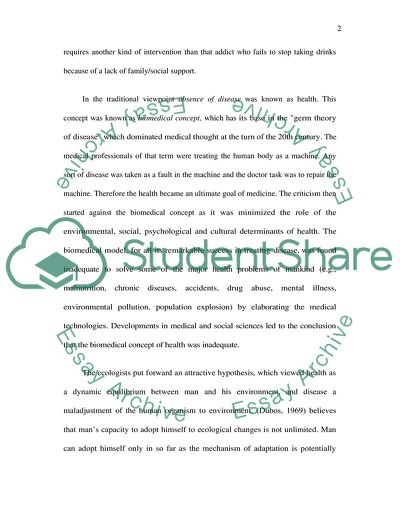Cite this document
(Would Changing an Individual's Beliefs Improve Their Health Assignment, n.d.)
Would Changing an Individual's Beliefs Improve Their Health Assignment. Retrieved from https://studentshare.org/psychology/1705143-changing-an-individuals-beliefs-would-improve-their-health-discuss-with-reference-to-the-health-beliefs-models
Would Changing an Individual's Beliefs Improve Their Health Assignment. Retrieved from https://studentshare.org/psychology/1705143-changing-an-individuals-beliefs-would-improve-their-health-discuss-with-reference-to-the-health-beliefs-models
(Would Changing an Individual'S Beliefs Improve Their Health Assignment)
Would Changing an Individual'S Beliefs Improve Their Health Assignment. https://studentshare.org/psychology/1705143-changing-an-individuals-beliefs-would-improve-their-health-discuss-with-reference-to-the-health-beliefs-models.
Would Changing an Individual'S Beliefs Improve Their Health Assignment. https://studentshare.org/psychology/1705143-changing-an-individuals-beliefs-would-improve-their-health-discuss-with-reference-to-the-health-beliefs-models.
“Would Changing an Individual'S Beliefs Improve Their Health Assignment”, n.d. https://studentshare.org/psychology/1705143-changing-an-individuals-beliefs-would-improve-their-health-discuss-with-reference-to-the-health-beliefs-models.


